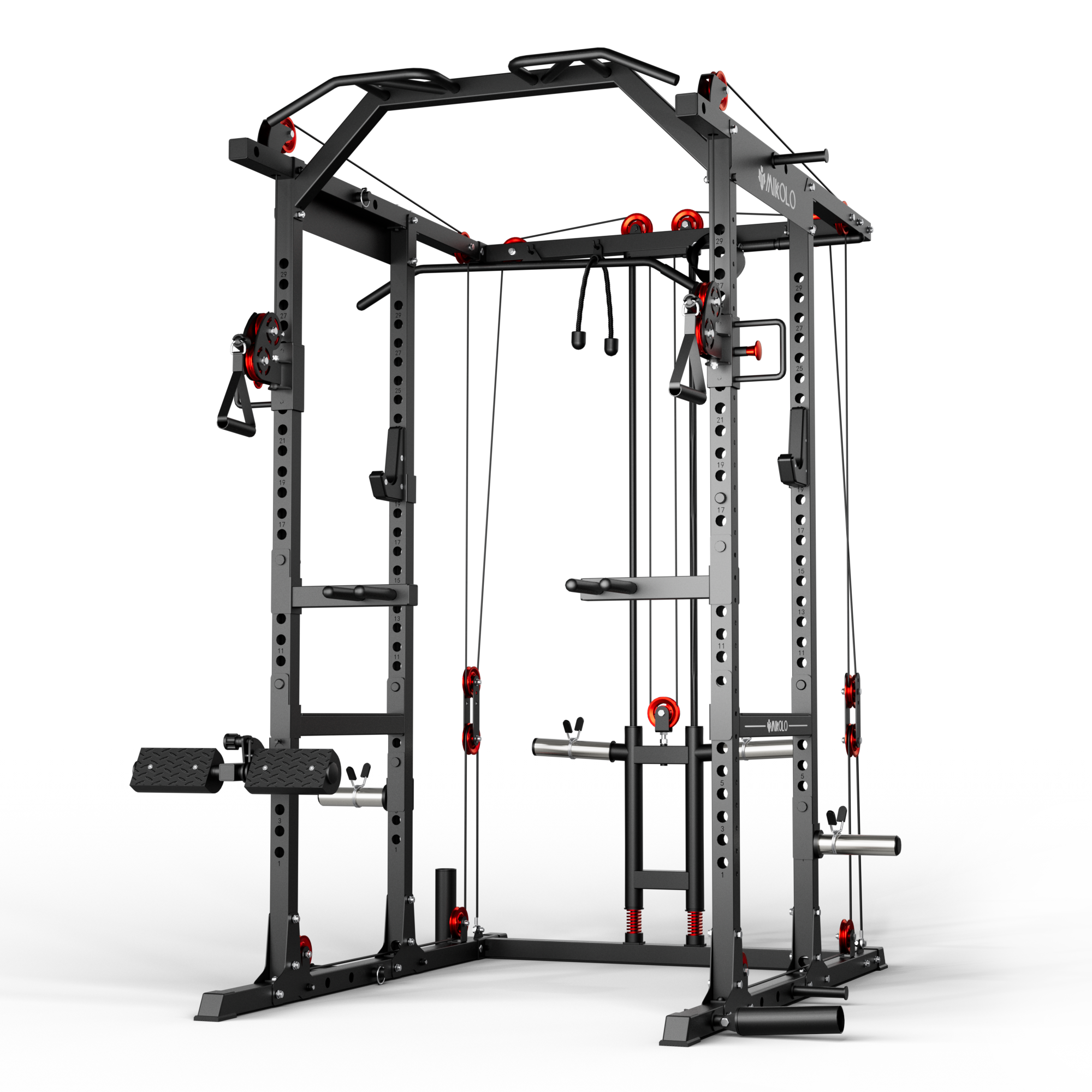If you're looking to build a chest that not only looks powerful but performs with strength and stability, the chest blast workout approach is your key to success. A well-rounded chest routine goes beyond bench presses — it targets the entire pectoral region with focused, high-intensity movements that stimulate growth, endurance, and definition. Whether you're using a chest blaster machine or bodyweight variations, the goal is simple: total pectoral activation.
What Is a Chest Blast Workout?
A chest blast workout is an intense, time-efficient training session designed to fatigue your chest muscles quickly. It combines compound lifts with isolation moves and minimal rest between sets. This method increases metabolic stress and muscle damage — two essential components of muscle hypertrophy.
Key benefits include:
-
Maximized muscle fiber recruitment
-
Improved upper body pushing power
-
Greater muscle symmetry and chest fullness
By incorporating incline, flat, and decline angles, you ensure that every part of the chest — upper, middle, and lower — gets equal attention.
Chest Blaster Tools: Are They Worth It?
The chest blaster isn't just a catchy name. It’s a tool (often a resistance band system or machine attachment) designed to isolate and overload the chest during pressing motions. These tools help maintain constant tension through a full range of motion, which can sometimes be lost in free-weight pressing.
What makes the chest blaster unique is its ability to keep the pecs under stress even at lockout — a phase where tension often shifts to the triceps in traditional bench presses. When used properly, it can be a fantastic way to finish your chest session with maximum fatigue.
My Personal Chest Blast Routine
Over the years, I’ve tested countless chest workouts. One routine that consistently delivers results involves this simple yet brutal protocol:
-
Incline Dumbbell Press – 4 sets of 8–10 reps
-
Flat Barbell Press – 3 sets of 6–8 reps
-
Chest Blaster Push-Ups (band-resisted) – 3 sets to failure
-
Cable Crossovers – 4 sets of 12 reps with a 1-second pause at peak contraction
-
Dips (leaning forward) – 3 sets to failure
On days when I’m short on time, I’ll just grab my resistance bands and do high-rep chest blast circuits using the chest blaster attachment. Not only does it deliver a skin-stretching pump, but the next-day soreness tells me the muscles were pushed to their limit.
How to Structure Your Chest Blast for Results
To make the most of your chest blast, keep these tips in mind:
-
Use progressive overload: Increase resistance, reps, or time under tension each week.
-
Focus on form: Poor technique leads to shoulder strain and limited chest growth.
-
Prioritize recovery: Chest muscles grow when resting, not during the workout.
-
Don't skip warm-up sets: This primes the muscles for heavier loads and reduces injury risk.
Final Thoughts
A chest blast workout isn’t just about looking bigger in a T-shirt — it's about developing balanced strength that translates into better athletic performance and injury prevention. Whether you're training with a chest blaster, machines, or free weights, consistency and effort are what count.
Start slow, track your progress, and don’t be afraid to push yourself. The chest you build will not only look the part but also be strong enough to back it up.













































Leave a comment
This site is protected by hCaptcha and the hCaptcha Privacy Policy and Terms of Service apply.